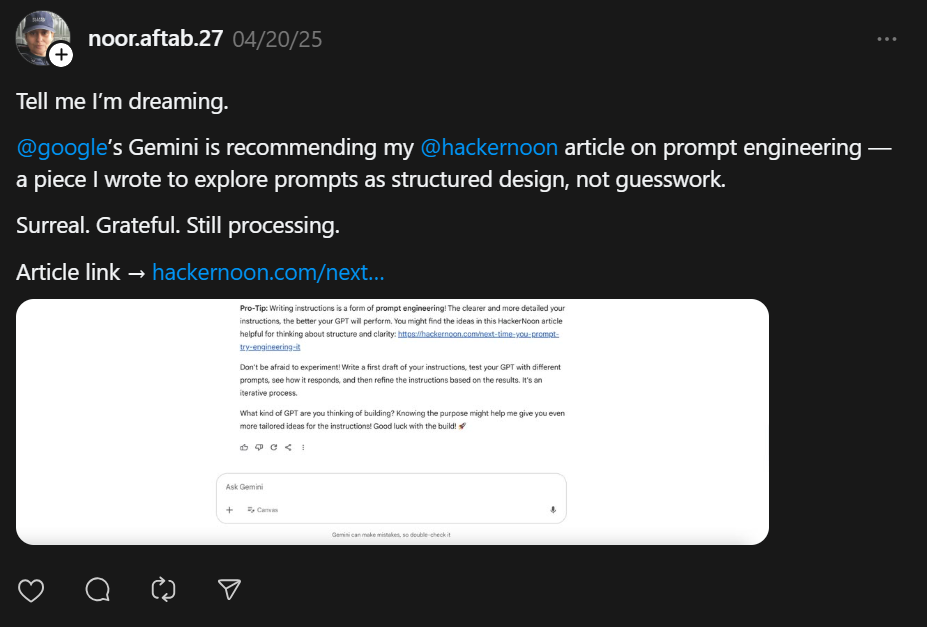Solana Co-Founder Ventures Into Perpetual DEX Development: What You Should Know
Anatoly Yakovenko, co-founder CEO of Solana Labs, has unveiled plans for a new decentralized exchange (DEX) named Percolator, designed as a sharded perpetuals protocol built directly on the Solana blockchain.
The platform aims to provide a self-custodial and high-speed solution for perpetual futures trading, allowing crypto traders to speculate on price movements without the limitation of expiry dates.
Solana’s Percolator Documentation Released
The documentation for Percolator was released on GitHub, where it is described as “implementation-ready.” It introduces two primary components: a Router and a Slab program.
The Router manages collateral, portfolio margins, and cross-slab routing, while the Slab program functions as a matching engine overseen by liquidity providers (LPs). Each slab operates independently, enabling what Yakovenko refers to as “fully self-contained matching and settlement.”
This design ensures that any issues arising from a particular slab do not affect users who have not interacted with it. Yakovenko emphasized the advantages of this architecture, stating:
The project’s GitHub repository already shows completed data structures for order books and memory pools, although the development of liquidation systems is still in progress. However, no official launch date has been announced.
Competition In Derivatives Market Intensifies
Currently, the Solana Foundation has not disclosed whether Percolator will receive formal ecosystem support or if it will emerge as a community-driven protocol.
Should it succeed, Percolator would add to the expanding repertoire of native financial primitives being developed on the Solana blockchain, which already includes decentralized options, lending protocols, and tokenized asset platforms.
At present, the code for Percolator remains under review on GitHub, and developers engaged with the repository indicate that the project is “deep in testing.” This suggests that a launch could be imminent, provided that the liquidation and governance components are finalized.

The introduction of Percolator comes at a critical time, as competitors like Hyperliquid (HYPE) are expanding their presence in the derivatives-focused DEX space.
Hyperliquid recently implemented permissionless, builder-deployed perpetual contracts through its HIP-3 upgrade, allowing users to stake a minimum of 500,000 HYPE tokens—approximately $18 million—to launch their own perpetual markets with independent margin rules.
Hyperliquid accounted for 35% of all blockchain revenue in July, attracting users away from platforms like Solana, Ethereum (ETH), and BNB Chain. Asset manager VanEck recently noted that Hyperliquid has successfully retained high-value users, thanks in part to its “simple, highly functional product.”
As of press time, SOL is trading at $187.70, marking a 20% loss over the past fourteen and thirty days. This puts SOL 35% below its all-time high of $293, which was reached earlier this year.
Featured image from DALL-E, chart from TradingView.com
You May Also Like

Ether Machine Files S-4 for IPO via Dynamix Merger

8 Best High-Risk High-Reward Cryptos to Buy Now
